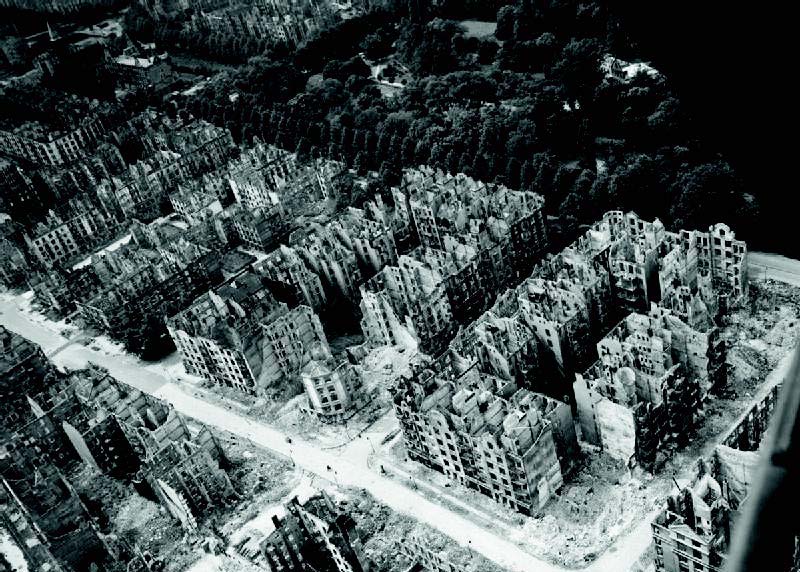Andra världskrigets ruinstäder och dess betydelse för svarta rödstjärtens Phoenicurus ochruros expansion i norra Europa
DOI:
https://doi.org/10.34080/os.v25.19601Nyckelord:
stadsekologi, populationsökning, ruiner, tättingAbstract
This is a literature review and synthesis of the fate of the Black Redstart Phoenicurus ochruros in northern Europe from the Second World War and onwards. Before the war the Black Redstart populations in the UK and Scandinavia were at a seemingly constant and low level. During and after the war the bombed cities in Central Europe offered optimal habitat for the Black Redstart. Areas with grass and weeds arose in damaged cities and created rich food supplies, large amounts of insects, and also suitable nesting sites in uninhabited and abandoned ruins and housing structures in city centres. The number of Black Redstarts increased dramatically in several bombed cities during and after the Second World War and a clear change took place in the species distribution in northern Europe. From central Europe there was a synchronous dispersion of Black Redstart to other regions in Europe, like Britain, Denmark and Sweden. The sudden growth and spreading of the Black Redstart population after the Second World War represents an interesting example of the importance of core sites for the distribution and growth rate of some bird species in peripheral populations.
Nedladdningar

Downloads
Publicerad
Referera så här
Nummer
Sektion
Licens
Författaren/författarna innehar copyright för varje enskilt bidrag, men samtliga bidrag är publicerade under en Creative Commons-licens, så att vem som helst kan dela och återanvända bidraget förutsatt att copyright-innehavaren erkänns.







